I’m not going to bury the lead – this is my favorite picture of the entire trip:
Isn’t that something? Those deer are jerks, though. Let’s back up.
After our day in Hiroshima, we had an excursion planned to the island of Miyajima, followed by a Shinkansen to Kyoto, where we would be spending the next few days. So we stashed our bags in lockers at the Hiroshima train station and boarded a train to Miyajimaguchi station. Entertainingly, apparently enough people accidentally get off at “Miyauchikushido” station by mistake, that there is a special announcement on the train NOT to get off there if you are going to Miyajima. So we didn’t.
But what’s the deal with the deer? Well Miyajima island is one of two tourist destinations in Japan (along with Nara) famous for extremely friendly deer. They’re still wild animals, but they wander around amongst the tourists. Eating stuff.
Seriously, we watched two different deer eat two different poorly managed kleenex in the space of five minutes. This one tried to take a bite out of our crappy umbrella when I refused to share my maple cookie. (a local specialty)

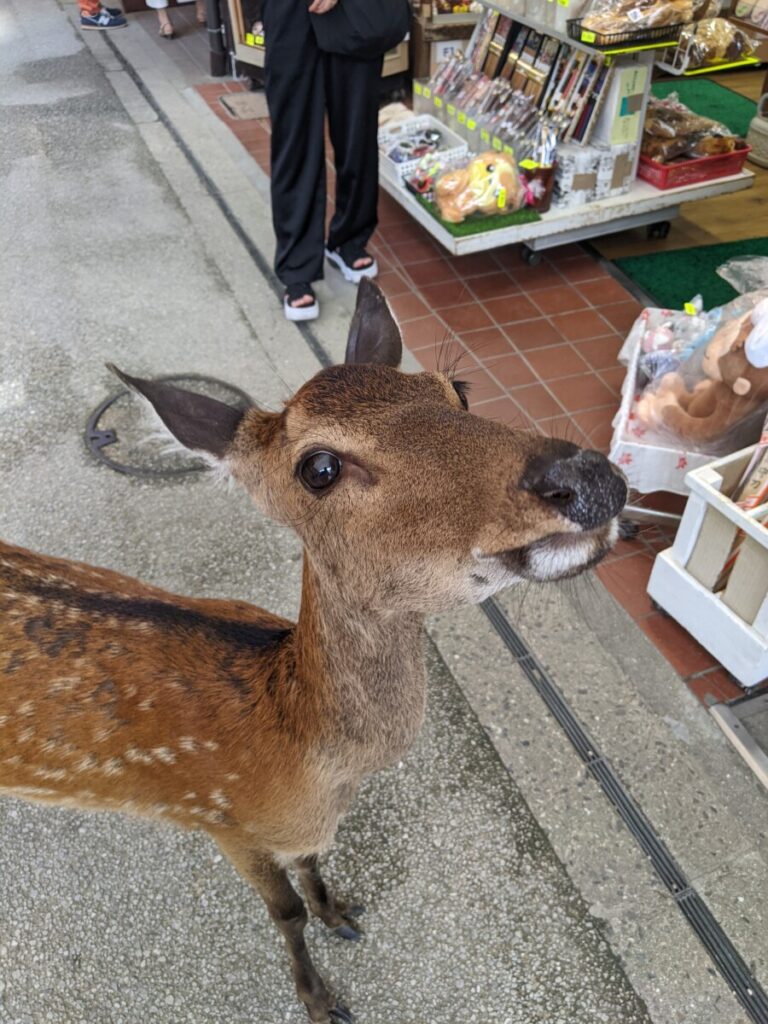
Other than deer, why come to Miyajima? Well, the number one attraction is the tori gate in the first photo. It’s enormous, and it’s out in the water, so at high tide, you get beautiful photos like this:

And at low tide, you can walk right out to it.
In addition to the gate, there’s some other things to see on the island. There’s a large shrine, built directly out over the water, associated with the gate. Also visible in this photo are a 15th century pagoda (center) and a 16th century shrine commissioned by Toyotomi Hideoshi. (left)
In particular, the last of those, Itsukushima Jinja Senjokaku Pavilion, was particularly welcome, because we were starting to REALLY suffer from the heat, despite consuming copious quantities of vending machine beverages. The pavilion is open, shaded, and on a hilltop, so what breeze there was went straight through. It also has stunning views.
After our encounter with the umbrella-eating deer on the main shopping street, we found a much quieter area with a small, family-run restaurant specializing in eel. It’s amazing how easy it was to go from the packed tourist street to an absolutely quiet residential neighborhood just steps away. The meal was fantastic, too.
After lunch, we set back out in the heat to visit Daisho-in, a large Buddhist temple complex overlooking the town. It was an enormous, picturesque set of buildings ascending the hillside. It included this garden full of buddha statues, all wearing knit hats…
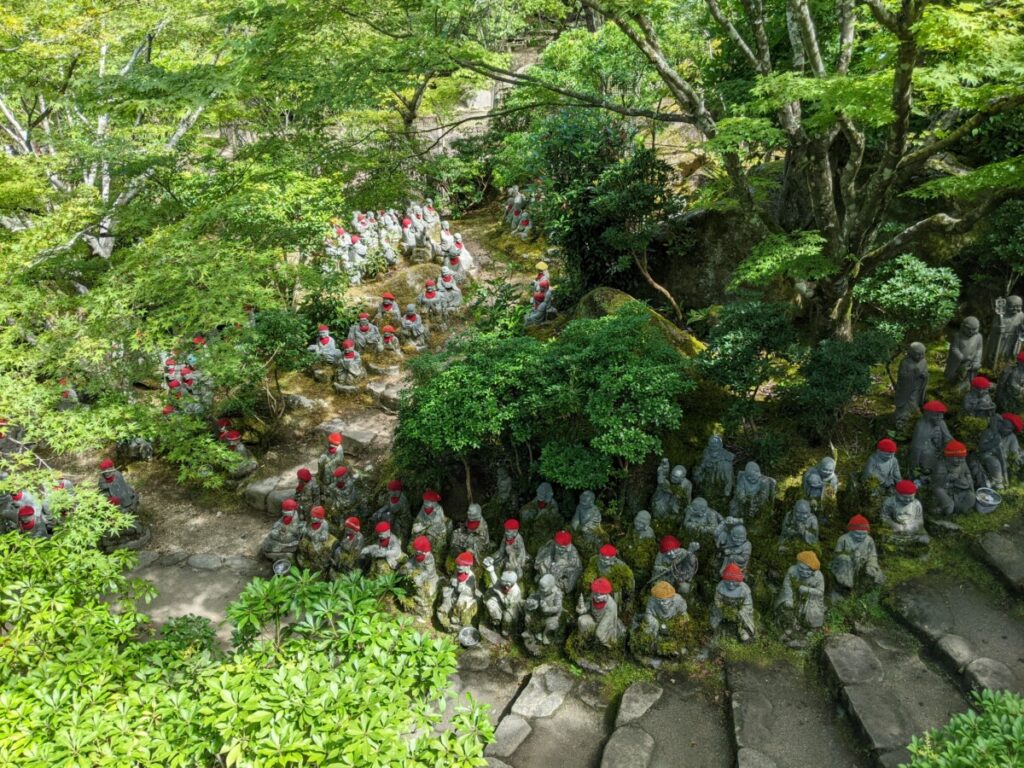
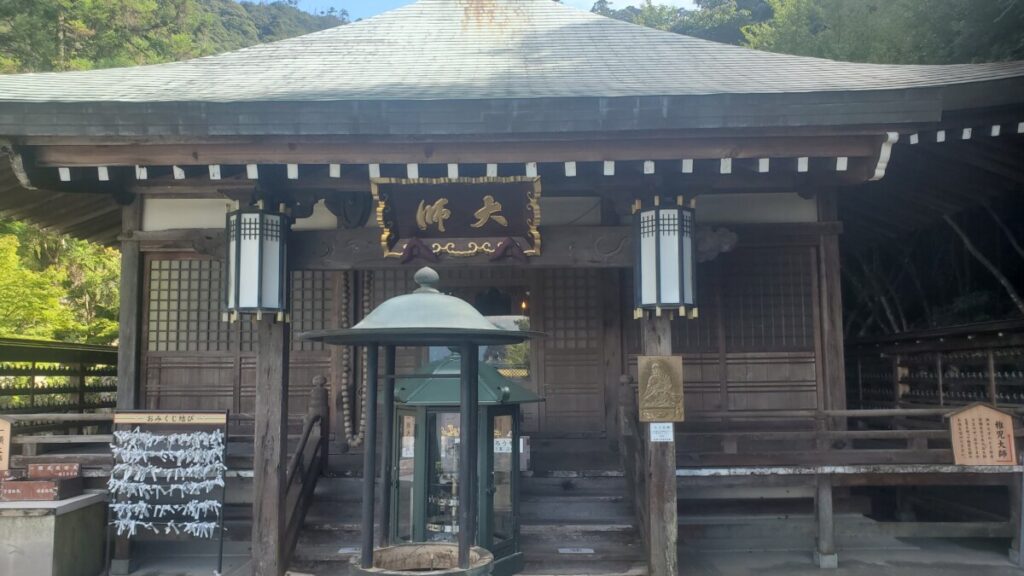
…aand this thing, brought to you by Mazda.

This was our first encounter with the juxtaposition of the spiritual and the utterly corny, but it wouldn’t be the last. And as it turns out, it’s NOT a much of a break from tradition as you might think.
As I learned from Isaac Meyer’s amazing “History of Japan” podcast, a lot of religious sites in Japan were explicitly marketed as tourist attractions for large portions of their history. (Note: if I have borked any portion of this explanation, that’s my fault, not his.) During the Edo period, it was generally illegal to leave your home domain without explicit permission, and one of the few reasons you could get that permission was for a religious pilgrimage.
The keepers of the various shrines and temples realized that since there was a ready supply of people keen to travel, it was up to them to make their PARTICULAR temple desirable for a visit. So in addition to promoting their actual religious significance, sites would try other gimmicks as well. Don’t have time to make a complete circuit of all of the pilgrimage sites on the island of Shikoku? Daisho-in has you covered! We’ve got sand from all 88 of them, conveniently located a few feet apart, so you can do the whole thing in an hour! Then have your picture taken in this Mazda cutout!
I don’t want to sound like I’m dismissing the spiritual portions of these sites. They are still profoundly moving, and we saw solemn worshippers everywhere we went. I’m more trying to say that the fact the big ones all had gift shops as well isn’t a modern innovation – they’re part of the tradition as well.
Rounding off the day, we had one more local delicacy of grilled oysters.

And with the sun gently setting over another jerk deer, it was time to head back to Hiroshima to pick up our luggage and catch the Shinkansen to Kyoto.
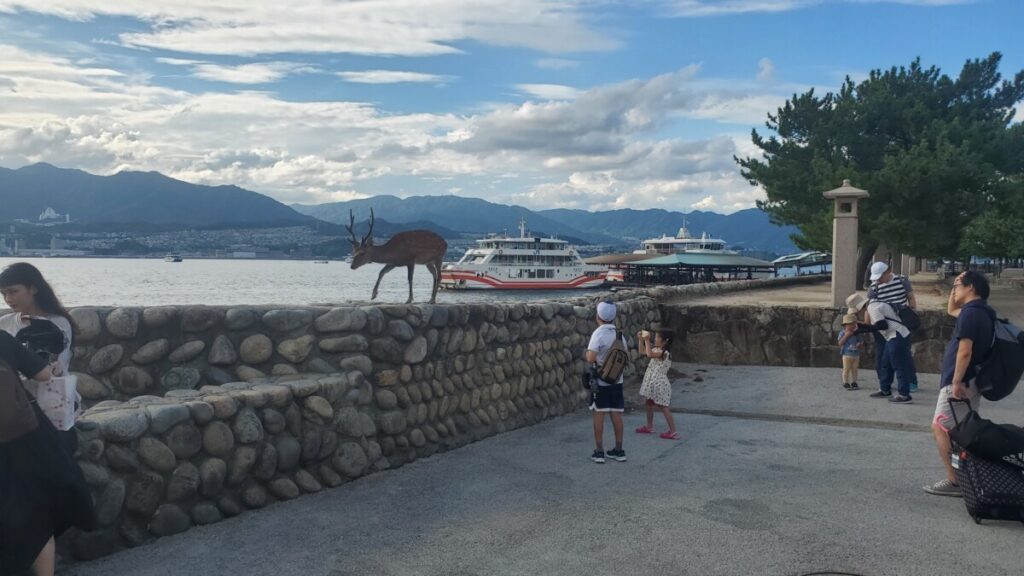

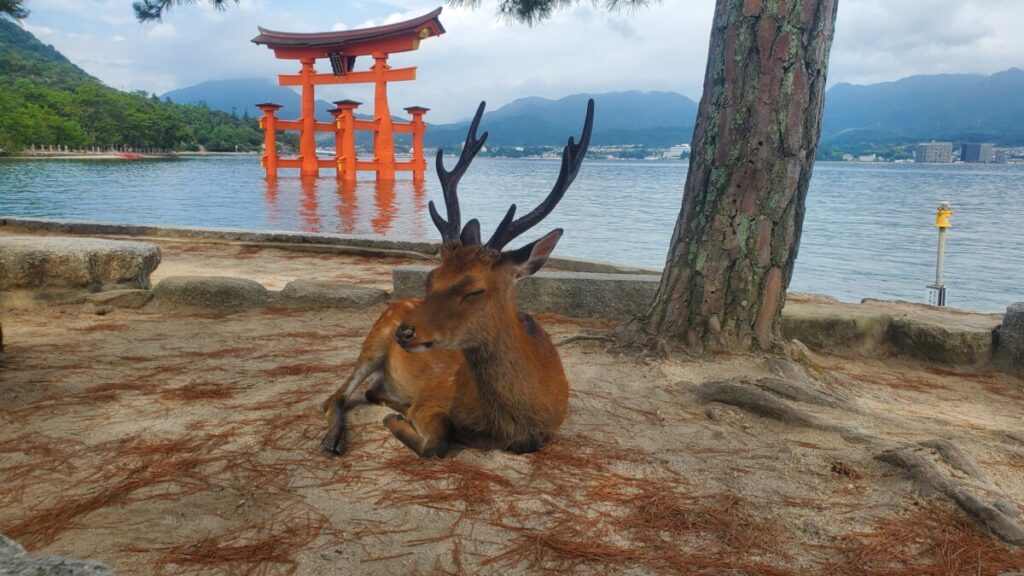

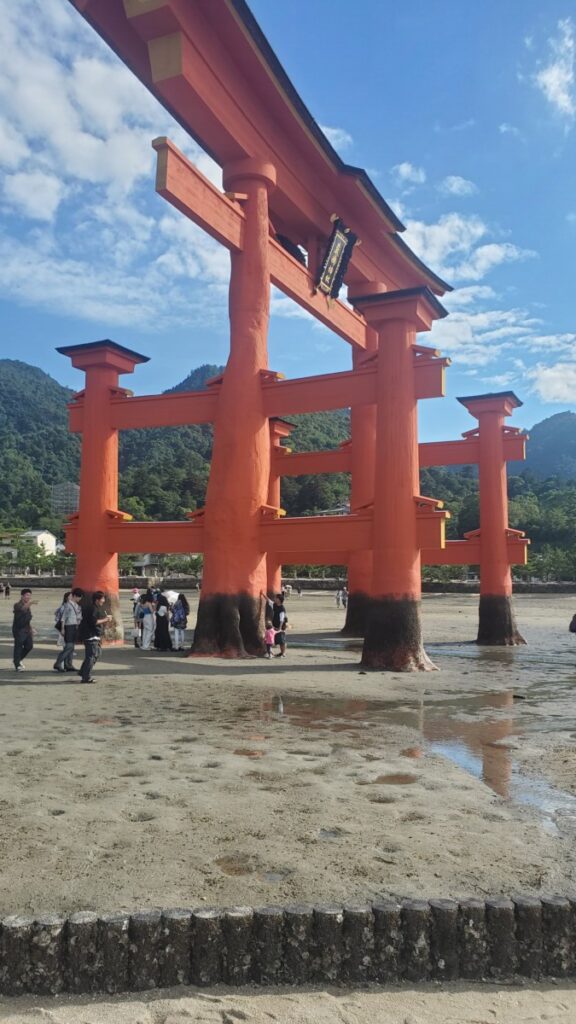
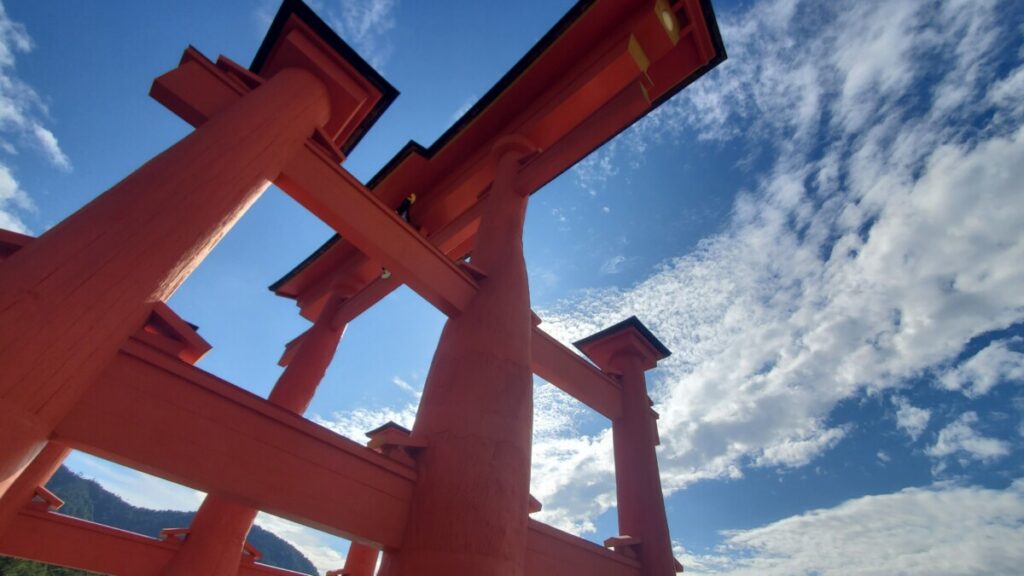
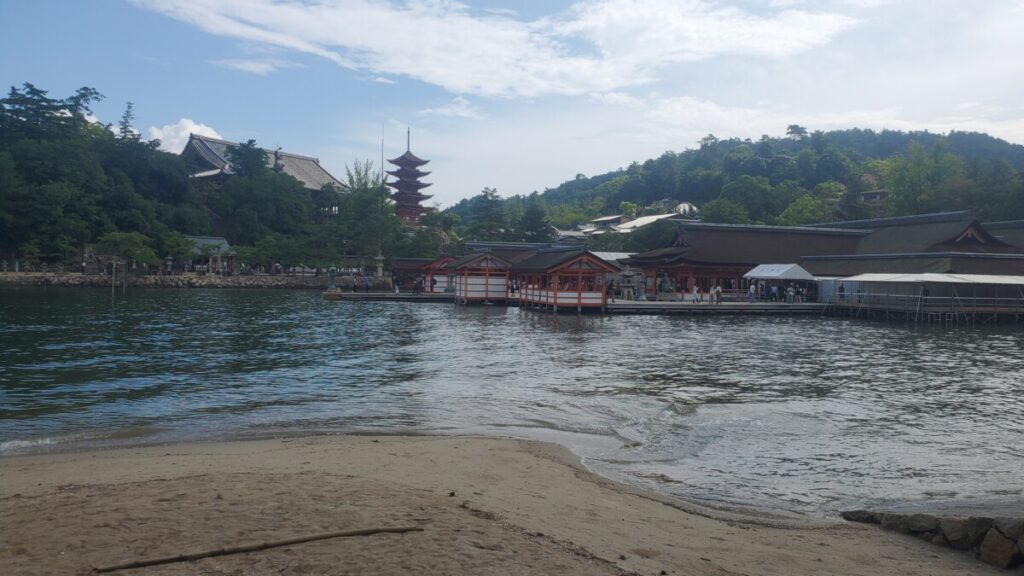
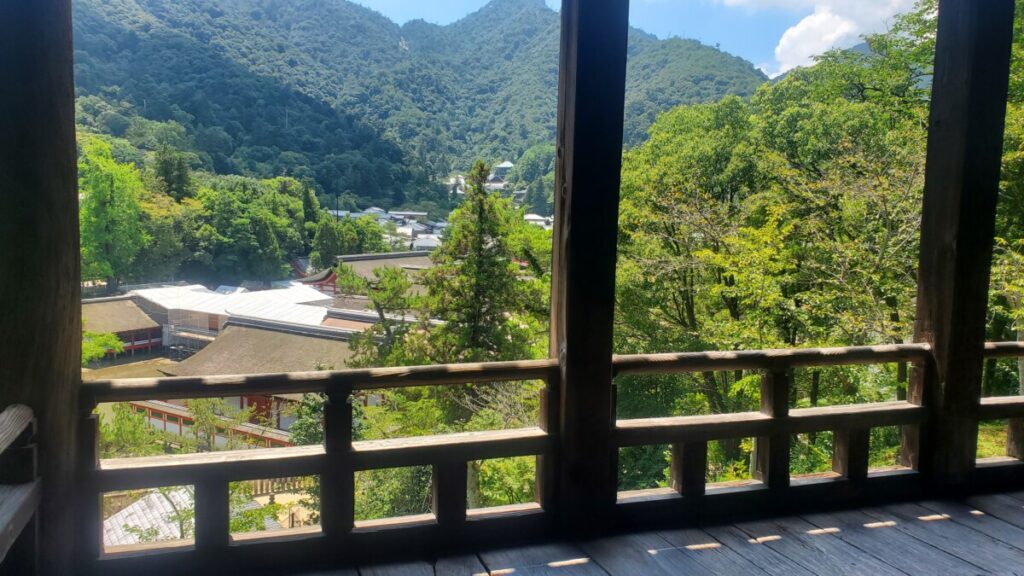
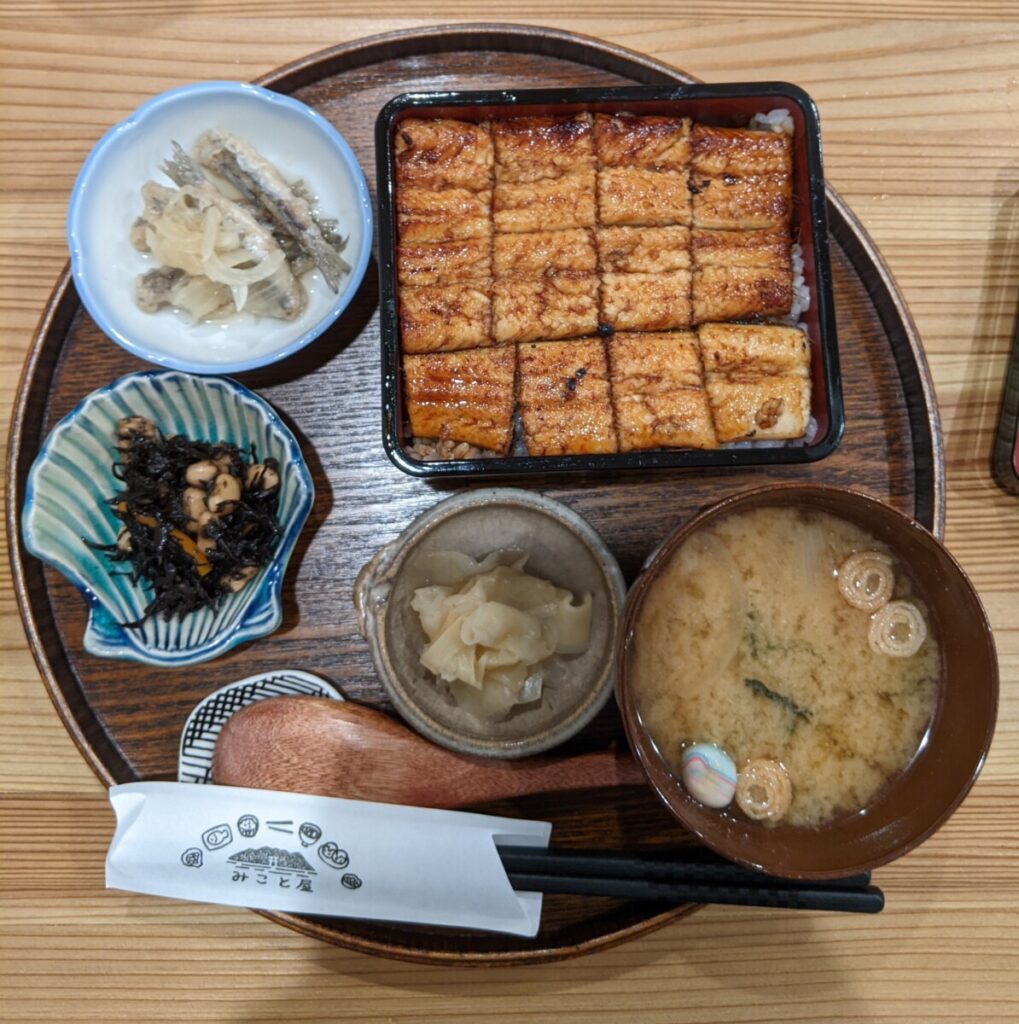
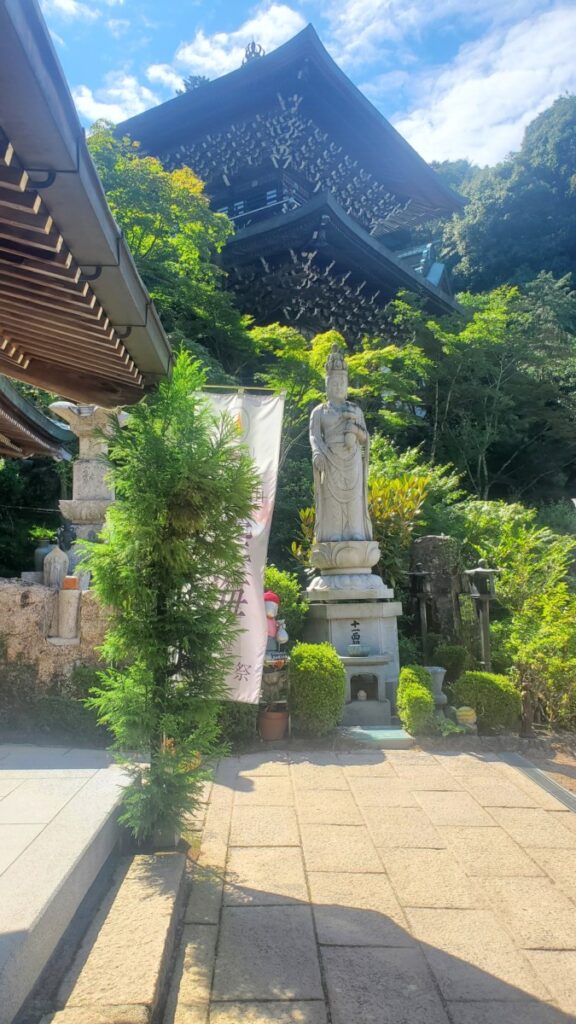
Miyajima! It was interesting to see how the deer here contrast with Nara. Like, you’re not supposed to feed the Miyajima deer (though that doesn’t stop them), but you can get a stack of deer crackers in Nara at pretty much every corner.
Also those maple cakes are SO GOOD. I ate so many of those maple leaf cakes on the ferry. It’s a good thing I don’t get seasick!